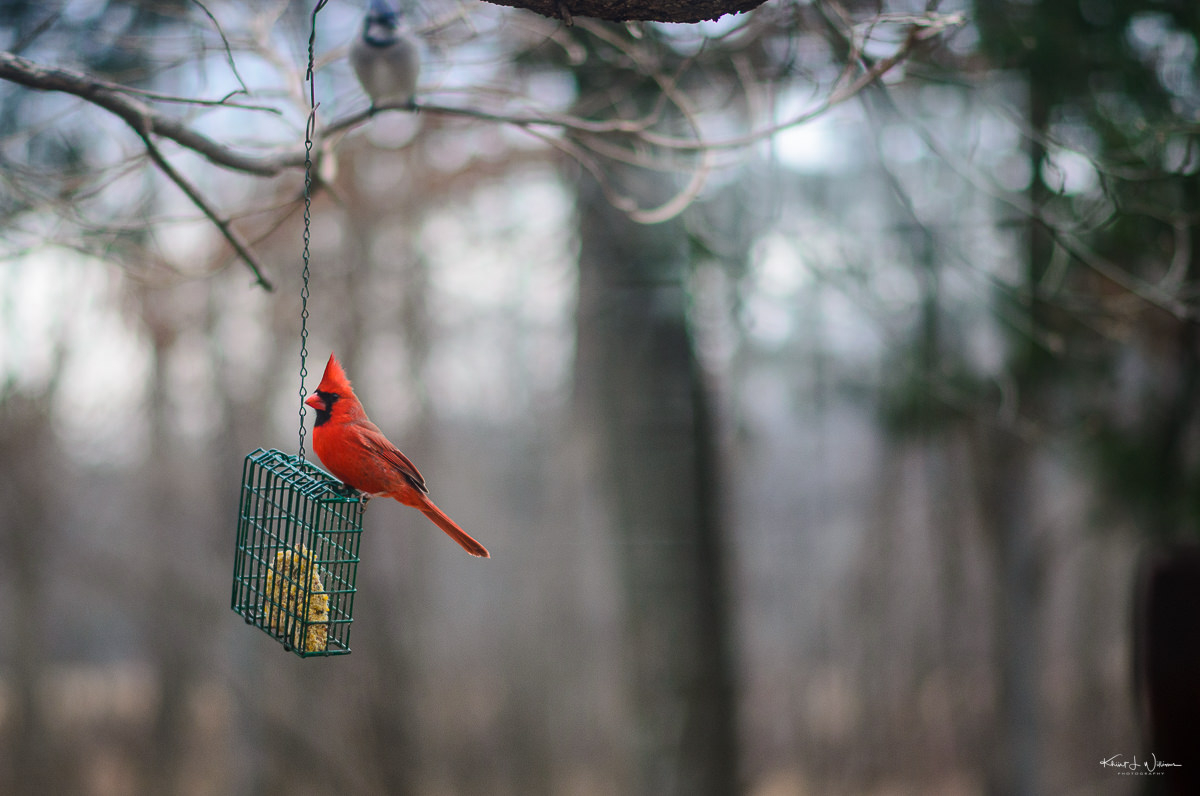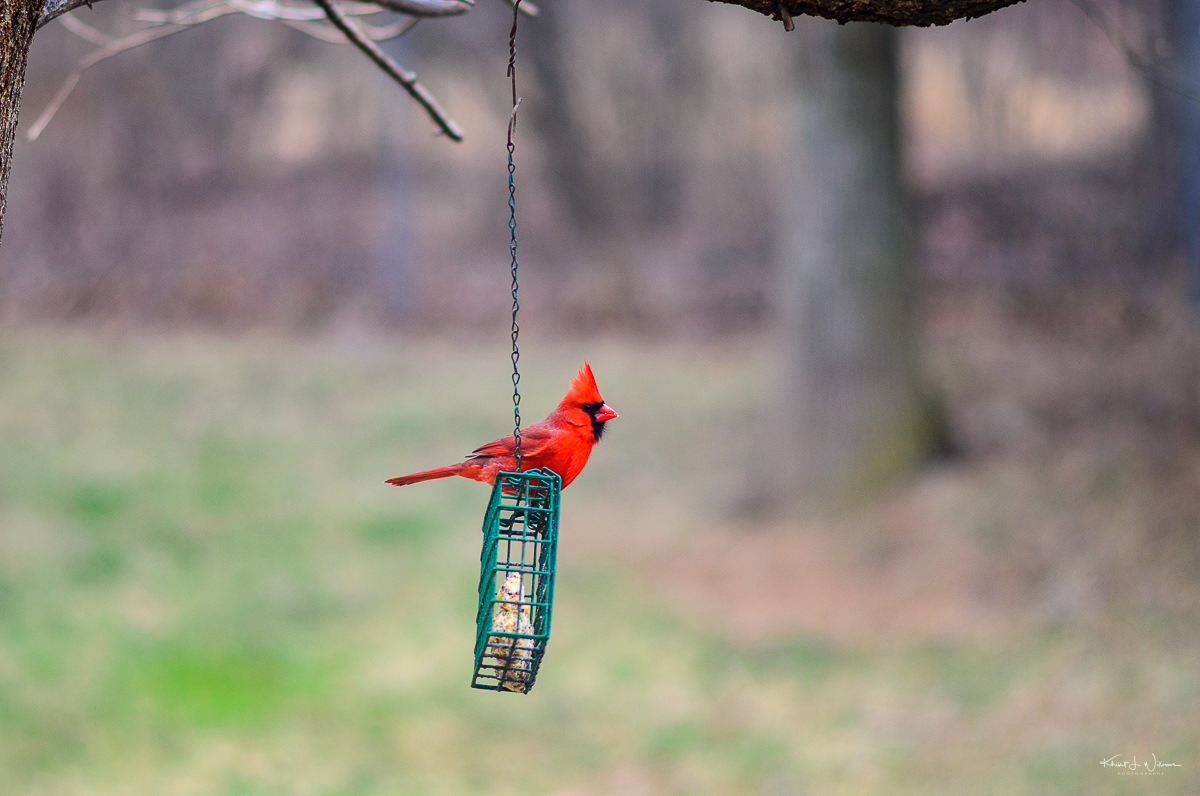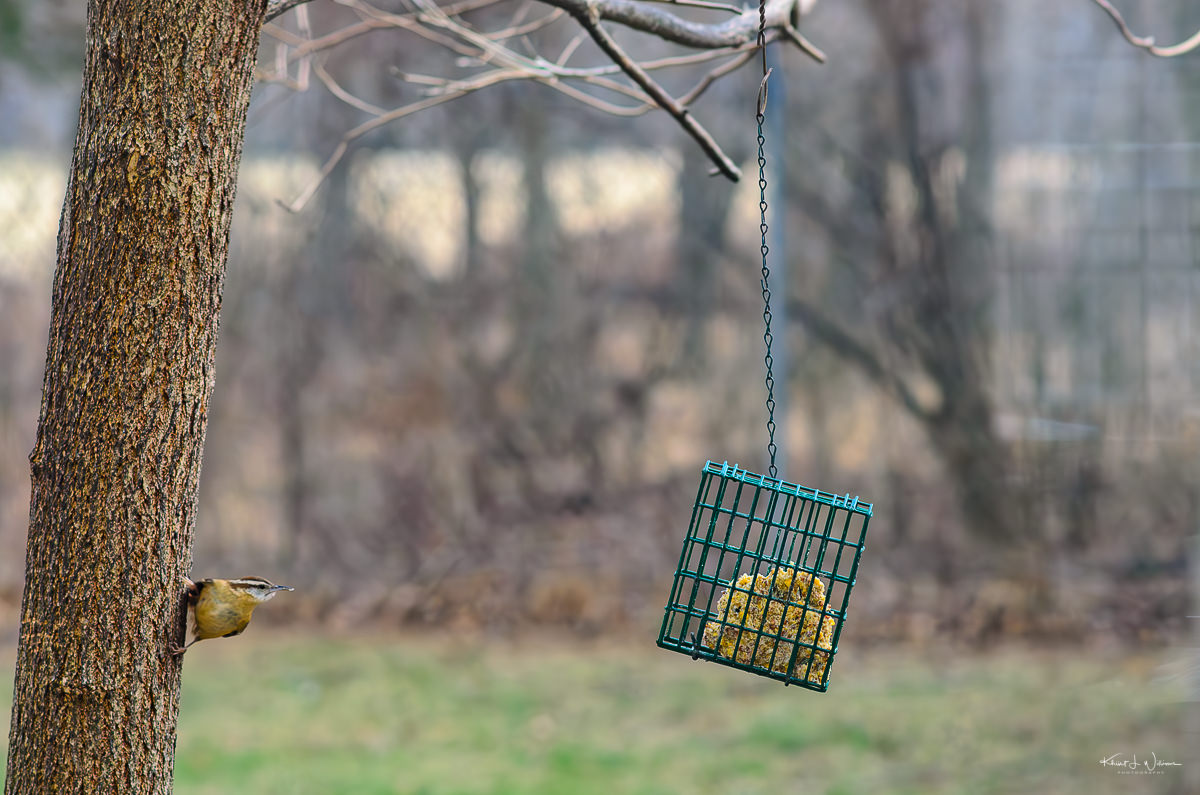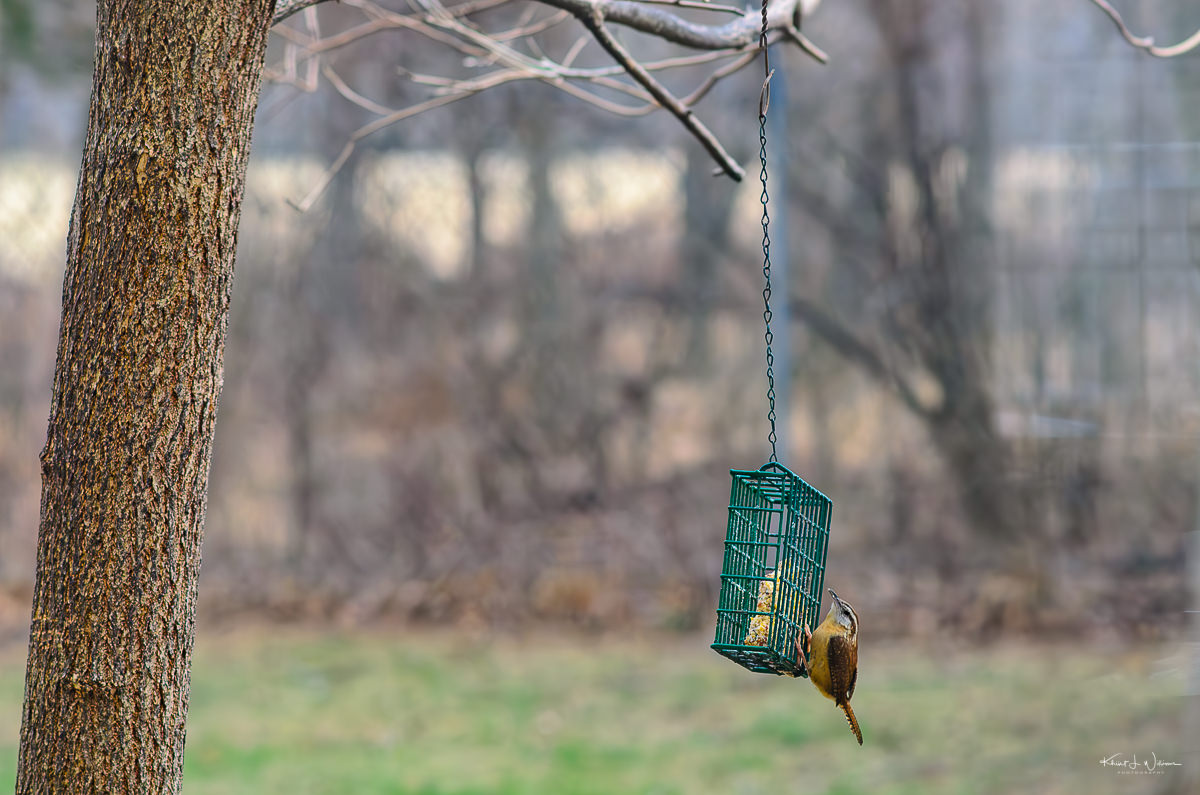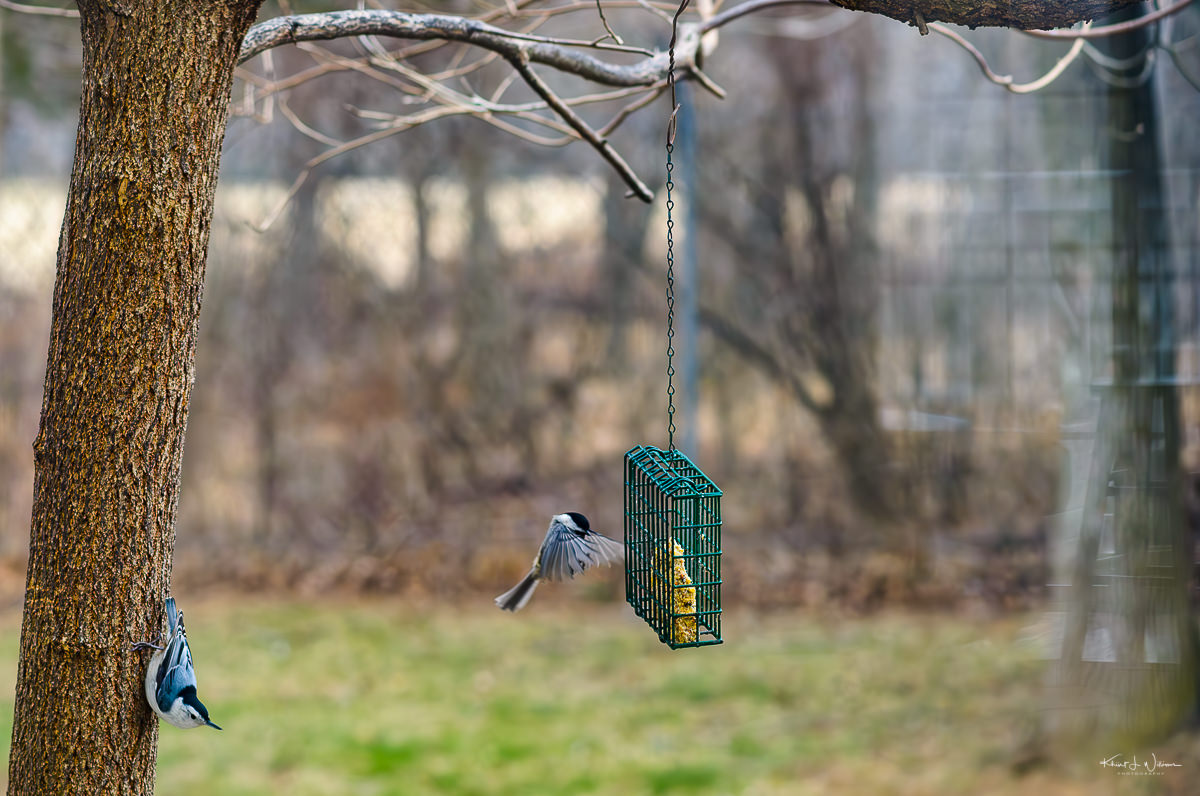I've been using the Merlin Bird ID app to identify a bunch of birds hanging out in my backyard and even got some decent photographs of them. This morning, the app picked up the chirping of a Carolina Chickadee and White-breasted Nuthatch. The Carolina Chickadee is on the feeder, and the White-breasted Nuthatch is on the tree.
The Carolina Chickadee is a small, chubby bird with a large head that is a common sight in woodlands and backyards of the southeastern United States. It is the only chickadee found in most of its habitat. Its overall colouration is grey, with a distinct head pattern: a black cap, white cheek, and black throat. Its bill is short and stubby, which it uses to crack open seeds. It is often seen in mixed flocks of other songbirds and can be spotted at bird feeders.
White-breasted Nuthatches are familiar avian visitors, sporting distinct black, grey, and white patterns. These small and nimble birds are keenly interested in insects and sizable seeds. Their name originates from the peculiar behaviour of wedging sizeable nuts and acorns into tree bark, utilising their sharp bills to "hatch" the seeds. Despite their diminutive stature, White-breasted Nuthatches emit robust vocalisations, and their persistent, nasal yammering is a reliable guide to locating them.
Updated: I recently rediscovered this post and edited it with a new title, content and tagging. In 2017, I had no clue these were Carolina Chickadee and White-breasted Nuthatch.
